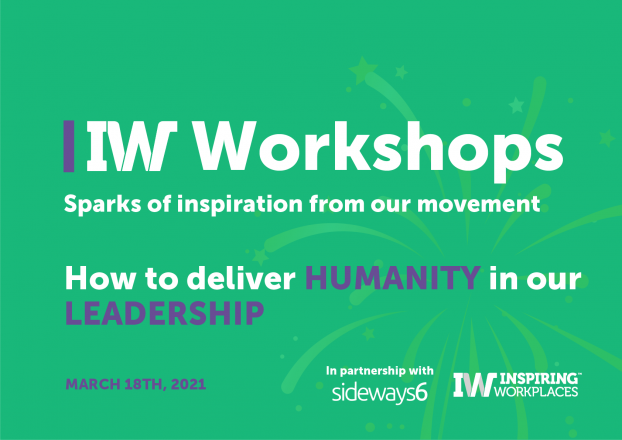
13th February 2024
Implementing ‘3D Leadership’ strategies in your workplace

In the world of innovative and transformative leadership, individuals like Steve Jobs have left an indelible mark by embodying “”3D Leadership,”” which entails defining reality, declaring intention, and deciding strategy. This concept, developed by Dr. Mark Goulston, highlights how exceptional leaders envision a better future, challenge the status quo, and inspire collective efforts to achieve their visionary goals. They don’t just predict the future; they create it. To become a 3D leader, one must cultivate curiosity, embrace the unknown, and follow the “”Whoa, Wow, Hmm, Yes”” sequence, ultimately laying the foundation for innovative thinking and transformative leadership. This mindset empowers leaders to shape the future and make a meaningful impact on their organizations.
This article was written by Mary Olson-Menzel, with Dr. Mark Goulston and published in PR Daily:
In the echelons of innovative and transformative leaders, few shine as brilliantly as Steve Jobs. Jobs, and a few others in this rarefied cohort, with their brilliance, their vision of a better future, and a powerful drive to push humanity forward, have etched their names in history.
At the heart of their revolutionary impact lies what we like to call “3D Leadership”: define reality, declare intention and decide strategy. Let’s dissect how extraordinary minds have embodied this concept and how you, too, can adopt this mindset for innovation and leadership in your own organization.
What is 3D Leadership?
Dr. Mark Goulston, psychologist, coach, master negotiator and author of the bestselling book “Just Listen,” designed the concept of 3D Leadership with certain exceptional leaders in mind.I was fortunate enough to be one of his trusted colleagues to collaborate with him in refining what that looked like. Mark passed away recently and it feels like it is my mission to get these principles out into the world.
Jobs and visionaries like him excelled at defining reality” — not accepting things as they are, but reimagining as they could be, and in their minds should be. They have a unique ability to perceive pathways beyond the present construct and identify opportunities that might be invisible, even inconceivable, to others. They don’t predict the future; they create it.
How do they mold these visions into tangible objectives? They boldly declare Intention. Jobs wielded what was termed a “reality distortion field.” His charismatic conviction didn’t just persuade; it inspired and disrupted the norm. He made you believe in the impossible, thereby literally “mobilizing” a collective effort toward his futuristic visions.
When Jobs witnessed the underutilized potential of the graphical user interface and mouse at Xerox PARC, he didn’t just see tools; he saw the gateway to a new era of personal computing.
Yet, ideas alone, no matter how compelling, are not enough. As Thomas Edison, another legendary innovator, pointed out: “Vision without execution is hallucination.” Therein comes the third dimension: decide strategy.
Jobs was known for his meticulous, almost obsessive, approach to realizing his visions. Jobs built a culture of excellence by surrounding himself with uniquely talented individuals like early partner Steve Wozniak, designer Jonny Ive and current Apple CEO Tim Cook.
Laying the groundwork for 3D Leadership
Now that we have identified the three stages of 3D Leadership, it’s worth exploring what conditions might precede them. What factors indicate that an individual may be a future 3D leader? According to Goulston, it begins with being a first-class “noticer.”
Read the full article to find out how to implement the the 3D Leadership in your own work.
Our new consulting division can help you build an inspiring culture of Belief and Belonging in your organization.
Find out more here





